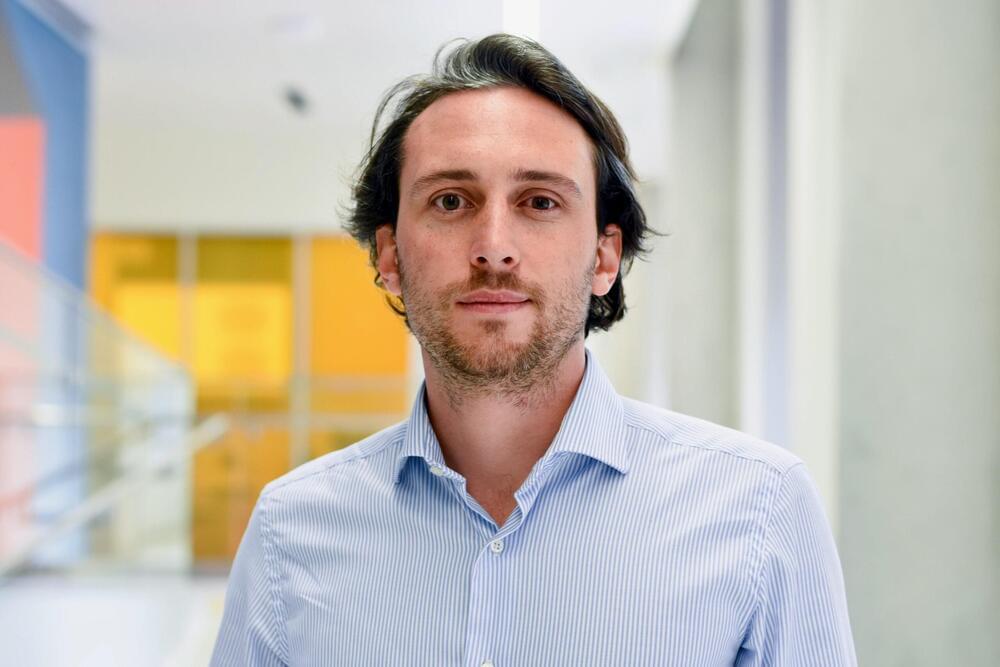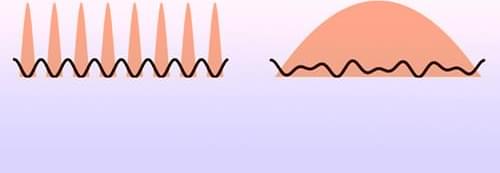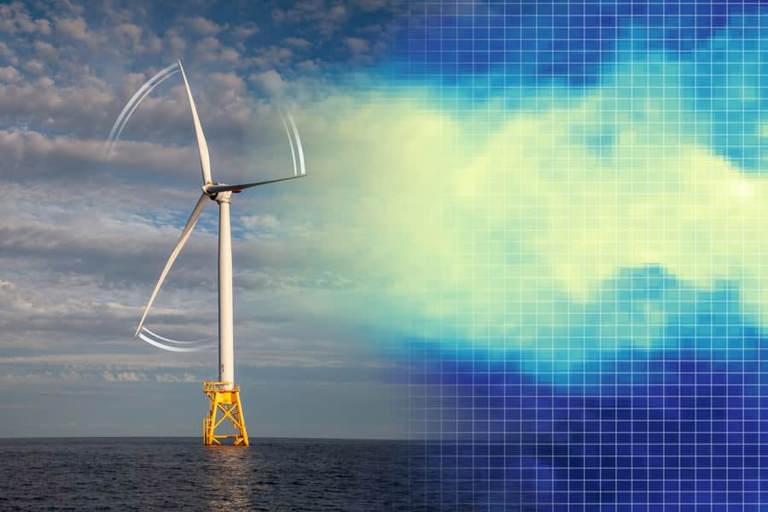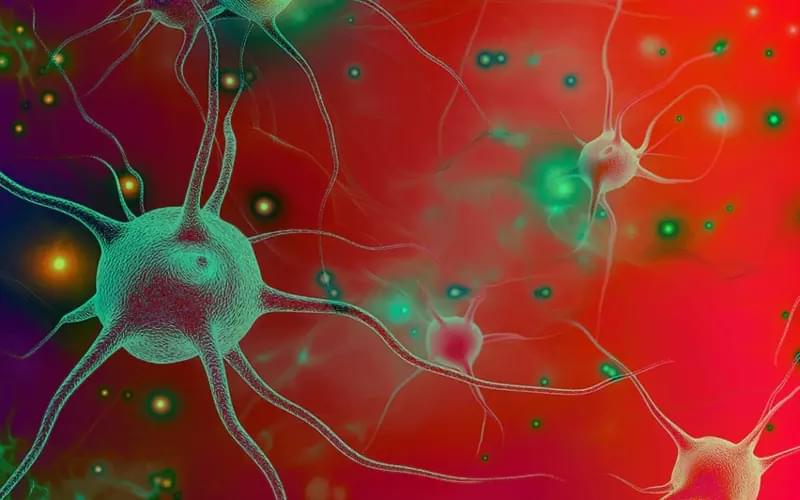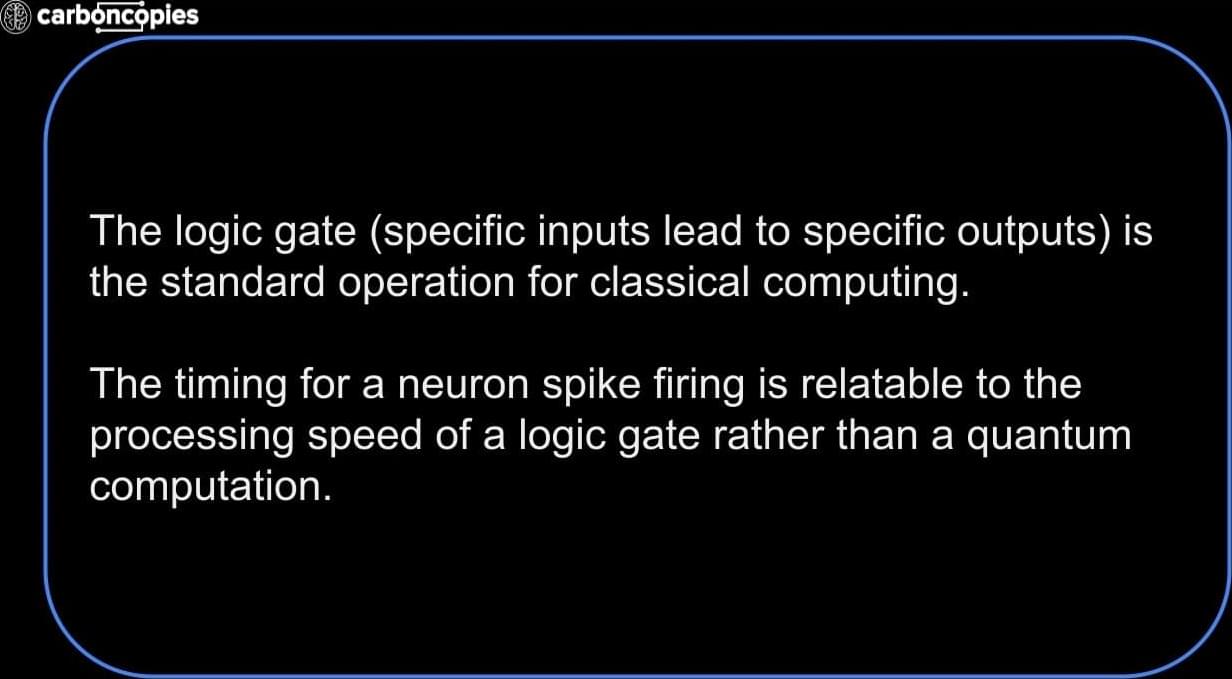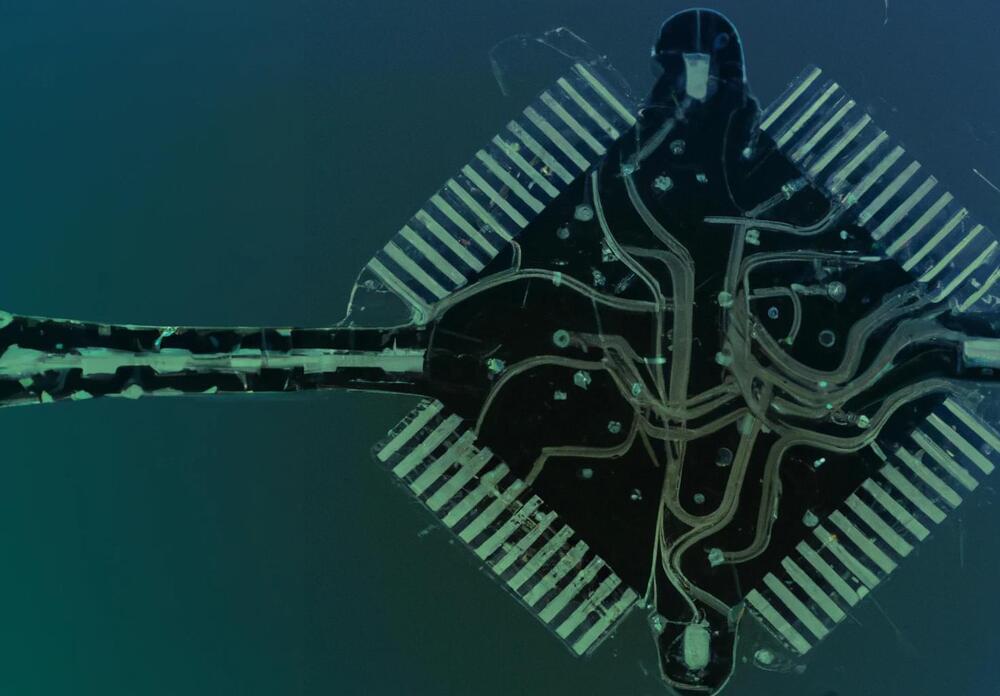A Milan-based deep tech startup, Ephos, raised $8.5M in a seed round led by Starlight Ventures to accelerate the development of its glass-based quantum photonic chips. The company aims to transform not just quantum computing and AI but also the broader computational infrastructure of the future.
Other participants included Collaborative Fund, Exor Ventures, 2100 Ventures, and Unruly Capital. The round also attracted angel investors such as Joe Zadeh, former Vice President at Airbnb; Diego Piacentini, former Senior Vice President at Amazon; and Simone Severini, General Manager of Quantum Technologies at Amazon Web Services.
In addition to private investment, Ephos received funding from the European Innovation Council (EIC) and €450,000 in non-dilutive financing from NATO’s Defence Innovation Accelerator (DIANA).
